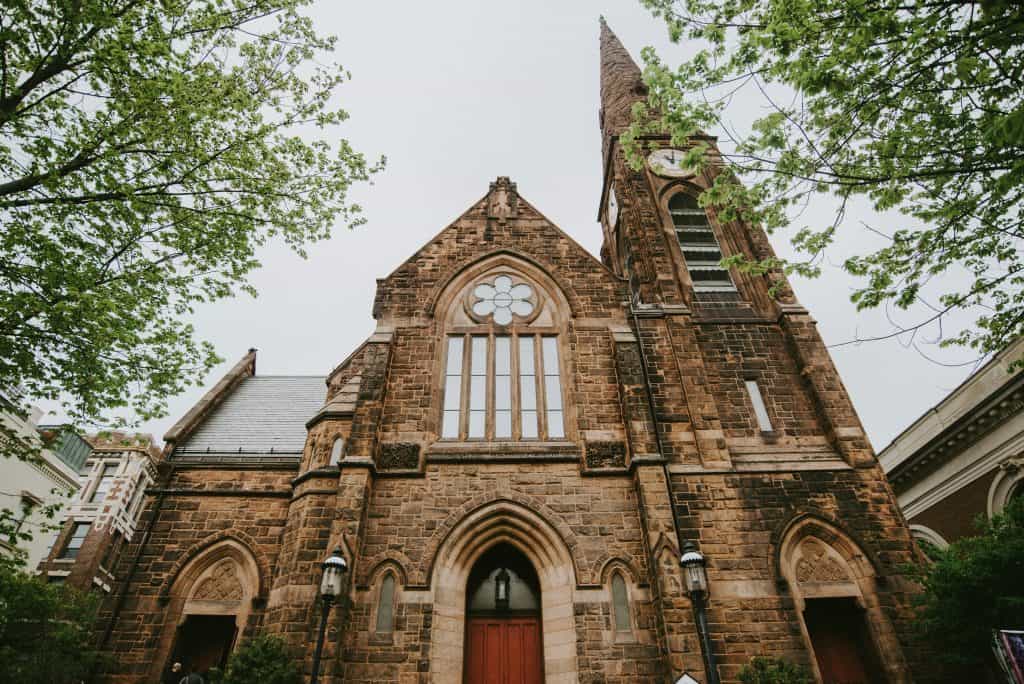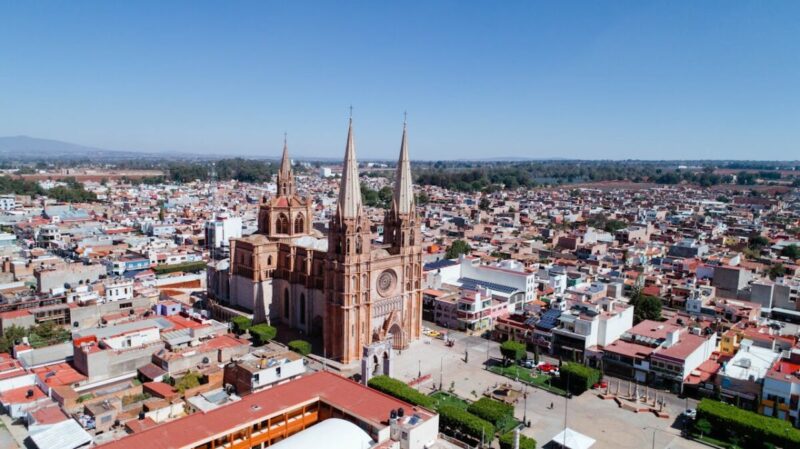Saint Vincent Ferrer 13th Century Dominican Friar who Visited the British Islands
Saint Vincent Ferrer was born on January 23, 1350, and he died on April 5, 1419. He was a Valencian Dominican friar who became famous as a preacher, missionary, and logician. After supporting Antipope Benedict XIII during the Western Schism, Saint Vincent Ferrer traveled to preach across Western Europe and the British Isles. Saint Vincent Ferrer’s preaching has been credited in some sources as converting 25,000 Jews to Catholicism; other sources indicate that they involved supporting coercive means, such as the forcible conversion of synagogues into churches. Do you think he is the most convincing preacher in history?
Saint Vincent Ferrer Biography

Saint Vincent Ferrer was born in 1350 and was the fourth child of his family. Legends surround Vincent’s birth. One was that his father was told in a dream by a Dominican friar that his son would be famous throughout the world. He would fast on Wednesdays and Fridays and distribute money and needed items to the poor. He began regular studies when he was eight, and he studied theology and philosophy at fourteen.
When he was 18, Saint Vincent Ferrer entered the Order of Preachers, which was commonly known as the Dominican Order; they were also known as “Black Friars” because of the black cloak they wear over their white habits. He had doubts while in priestly formation. However, his parents pleaded with him to become a priest. He persisted. He succeeded in completing the year of probation and advancing to his profession.
For three years, Saint Vincent Ferrer read Scripture intently and committed it to memory. This is rare for Catholics, who often do not know their sacred scripture. He published a treatise on Dialectic Suppositions after his profession of vows, and in 1379 was ordained a priest in Barcelona. He eventually became a Master of Sacred Theology and delivered lectures on philosophy. He earned a doctorate at the University of Lleida.
In terms of physical features, Saint Vincent Ferrer is described as a man of medium height, with a lofty forehead and very distinct features. His hair was fair in color, and he kept it his entire life. His eyes were very dark and expressive, his manner gentle. Pale was his ordinary color. His voice was powerful, at times gentle, resonant, and vibrant. It was useful for preaching.
An important development in the like of Saint Vincent Ferrer was the Schism in the church in the 14th Century. The Western Schism (1378–1417) divided Catholicism between eventually three, claimants to the papacy. Antipope Clement VII lived at Avignon in France, and Pope Urban VI in Rome. When Clement died in 1394, Cardinal de Luna was elected as the second antipope successor to the Avignon papacy and took the name Benedict XIII. Vincent convinced Spainards to follow Clement.
Vincent and his brother Boniface, General of the Carthusians, were loyal to Benedict XIII, who backfilled Clement, commonly known as “Papa Luna” in Castile and Aragon. Vincent tried to end the schism. Benedict XIII was excommunicated as a schismatic in 1417. Vincent later claimed that the Western Schism had had such a depressing effect on him that it caused s serious illness.
The were two other important events in the life of Saint Vincent Ferrer. First, it is certain he converted about 25,000 Jews. However, it is not clear if he converted those Jews in one fell swoop or at two times. Second, in the Compromise at Caspe, Vincent participated in the management of a political crisis in his homeland. King Martin of Aragon died in 1410 without a legitimate heir, and five potential candidates came forth to claim the throne, and Vincent was of the few who would decide between them.
Saint Vincent Ferrer Veneration

Saint Vincent Ferrer died on April 5, 1419, in Brittany. He was 69 and was buried in Vannes Cathedral. There are several places named after him include a pontifical religious institute, the Fraternity of Saint Vincent Ferrer, and two Brazilian municipalities, São Vicente Ferrer, Maranhão, and São Vicente Ferrer, Pernambuco. A 164-foot statue of Ferrer was erected in Bayambang, Philippines, in 2019.
Conclusion
That Saint Vincent Ferrer experienced doubts when he entered the seminary shows that he is human and relates to us because we have also had doubts. He was a key player in the fourteenth century schism in the Catholic Church. He was a noted orator and homilist, who is said to have converted some 25,000 Jews in one, two, events. In his lifetime he also had two other controversies, one, the Spanish throne indicated how important he was.







